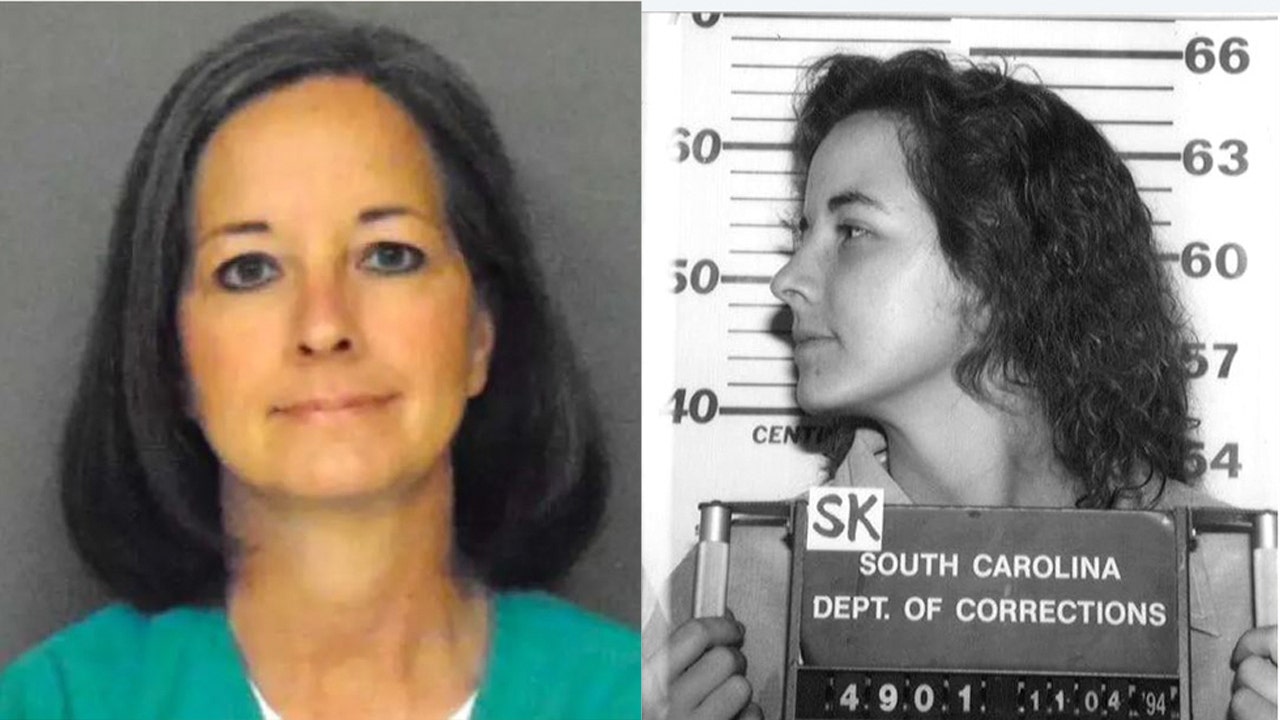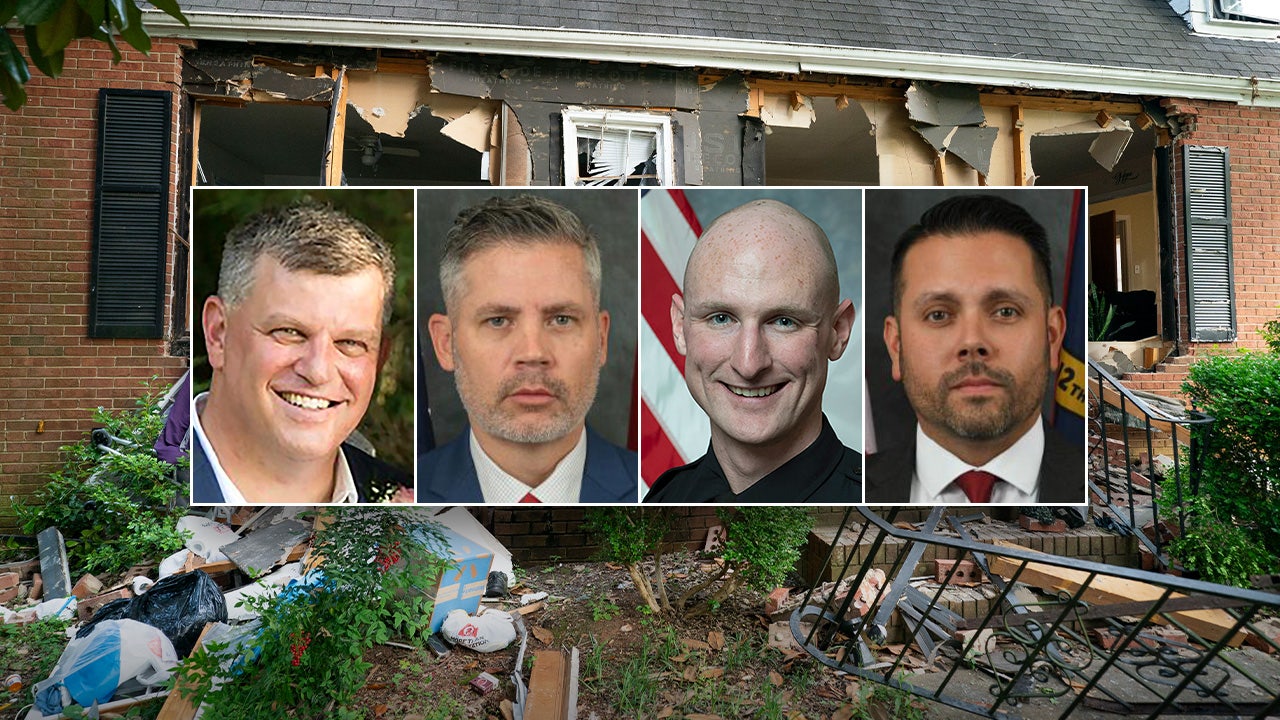Ryan Carter, 58, quit heroin last year by enrolling in a methadone program a few blocks away and filled his days with watching action movies in his spartan one-bedroom apartment. But the boredom got to him one day in March and he used drugs again. As he has continued in treatment, the fashion shows for seniors and cookouts hosted by City View help. “It gives me other things to do instead of just lying around,” he said.
But the grants are for a limited time, the managers said, and they will have to find new ways to help their residents.
At Rosemont Tower, Mr. Robinson, the tenant council president, has not heard of any suspected drug deaths in the last few months. He wonders if a recent change has helped: The building’s managers arranged for a treatment program to hold group sessions there a few days a week and take residents on outings.
Between overdoses and other deaths in the building, he figures he has seen well over a dozen bodies. Some he watched being wheeled through the halls, but others he discovered while accompanying the maintenance staff on wellness checks. They found one neighbor sitting up on his couch, a small cap used for cooking drugs laid out in front of him. Others were long dead. The memories weigh on him.
He himself had once been addicted to heroin, slept at bus stops and been pistol-whipped by drug dealers. When he feels overwhelmed, he sits alone in his living room beside a few boxes of Narcan, underneath a sign he lettered with words of encouragement to himself: “We do recover.”
Cheryl Phillips and Eric Sagara contributed reporting. Kirsten Noyes contributed research. This article was reported in partnership with Big Local News at Stanford University.
About the analysis
The Times and The Banner analyzed anonymized data about every death in the United States between 1989 and 2022 from the Centers for Disease Control and Prevention. The data, obtained under an academic license through the reporter Nick Thieme’s affiliation with Columbia University, shows demographics and causes of death. Fatalities from 1968 through 1989 were collected from a separate data set the C.D.C. publishes.
Fatality rates in this article measure deaths that occurred in Baltimore, not deaths of Baltimore residents. For that reason, totals will differ from those in the C.D.C.’s online database, C.D.C. Wonder, which measures deaths by place of residence and also excludes deaths of people who live in U.S. territories or outside the United States.
Baltimore’s older Black men were compared with demographic groups across the country by year of death, race, sex and county. The analysis grouped people born between 1931 and 1950, 1951 and 1970, 1971 and 1990, and after 1990 into buckets.
To reveal the effect a birth cohort had on overdose mortality, The Times and The Banner used a statistical model to separate the impact of age, death year and birth year from other demographic factors. This technique, known as age-period-cohort modeling, is commonly used in epidemiology, and the modeling methods were reviewed by four experts in this type of analysis. The model showed that Baltimore’s cohort of Black men born between 1951 and 1970 overdosed at significantly higher rates than other generations of Black men. Using age-adjusted death rates did not change the results.
Reporters identified deaths in senior homes using autopsy data from the Maryland Office of the Chief Medical Examiner, which was obtained by The Banner in a lawsuit. Senior homes were identified from the Baltimore City Department of Aging’s list of public housing options; those in the federal Rental Assistance Demonstration program, which also accept younger people with disabilities; or those that are advertised as senior-only buildings.






